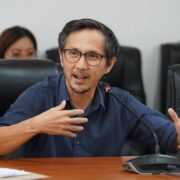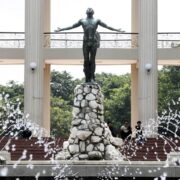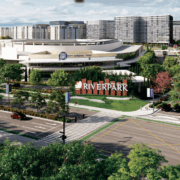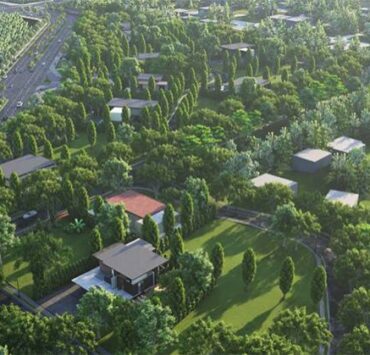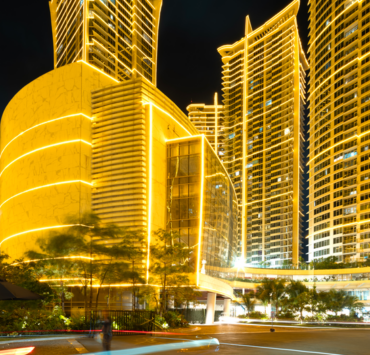Villar City is built to breathe
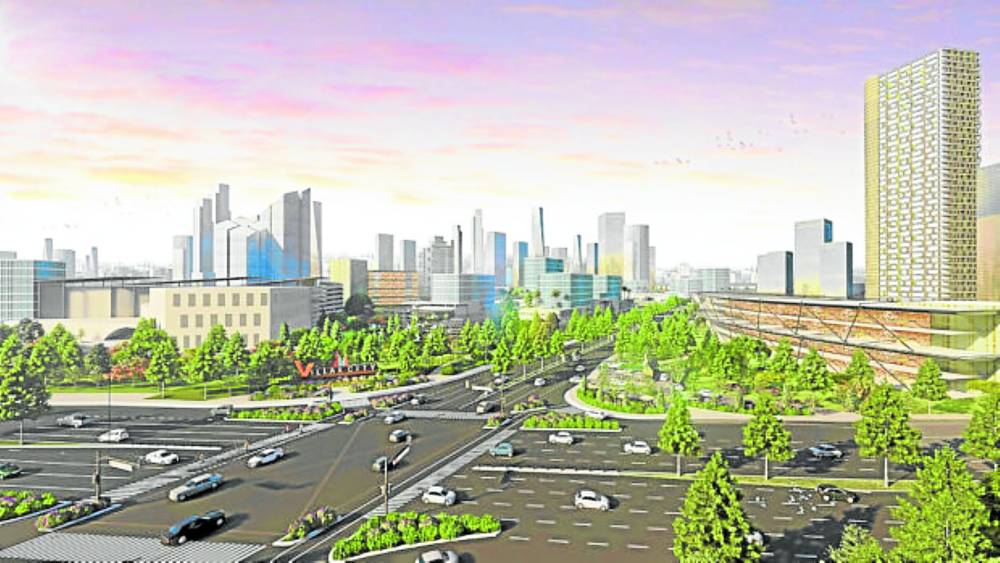
As the sun rose over Villar City in the southern corridor of Metro Manila, a small group had already gathered outside Forresta Café—eyes skyward, binoculars in hand, listening. Not for traffic or construction noise, but for the rustle of feathers and the call of birds.
It’s not a scene you’d expect in a city emerging as one of the country’s most ambitious urban developments to date. And yet, that’s exactly the point. Villar City isn’t just being built for people—it’s being designed with nature in mind.
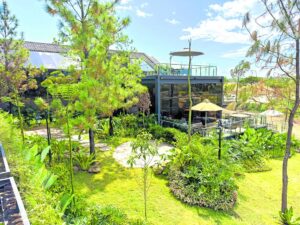
Nature as blueprint, not backdrop
A brainchild of tycoon Manny Villar, the 3,500-hectare Villar City is quietly challenging how cities are being designed today. The vision is not to squeeze nature into token parks, but to let natural systems shape the built environment—an approach that could redefine how cities grow in a climate-uncertain future.
That vision is already taking root in Forresta, a 118-ha luxury estate and Brittany Corporation’s first ultra luxury development within the city.

This much-awaited “city in a forest” rises in Villar City, a megacity that will connect 11 towns and cities across Mega Manila. While Forresta will be home to grand residential lots, high rise offices, upscale condos, and leisure hubs, 50 percent of its land will remain dedicated to greenery.
This green-first approach ensures the district will be walkable, breathable, and integrated into living ecosystems, not just surrounded by concrete. It reflects a growing ethos in Villar City’s masterplan—that sustainability isn’t an afterthought but rather its foundation.
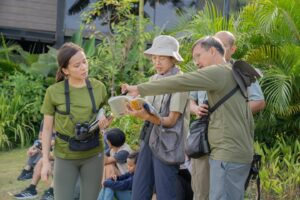
A morning with the birds
A perfect illustration of this philosophy came just days after Forresta’s groundbreaking last week—not in a showroom or sales event, but amid the quiet morning light at Forresta Café, where nature enthusiasts gathered for a guided birdwatching session hosted in partnership with the Wild Bird Club of the Philippines (WBCP).
Dubbed “Birding and Breakfast,” the event offered a slow, thoughtful encounter with biodiversity, enabling guests to experience Villar City’s environmental vision firsthand.
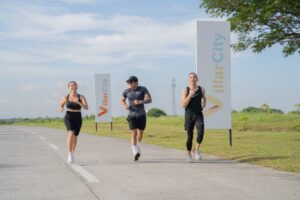

But more than a tranquil pastime, the activity was a strategic ecological initiative. By establishing spaces where birdwatching can thrive, Villar City is promoting biodiversity awareness while actively contributing to wildlife preservation. Partnering with WBCP also enables the collection of scientific data—on bird populations, migration patterns, and species behavior—which feeds into broader environmental studies and conservation strategies.
Such activities are not isolated gestures. They’re part of a broader mandate—that is, to preserve and enhance natural habitats through mindful urban integration. From parks and rivers to forest trails, Villar City is embedding nature into daily life, creating sanctuaries not just for people, but for wildlife too.
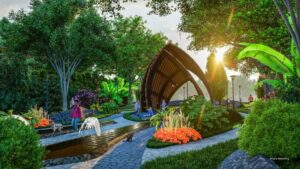
A city that adapts
Sustainability is no doubt one of the fundamental principles of Villar City. Its strategies include the creation of a “sponge city”—an urban model rich in vegetation that absorbs carbon emissions, cools its surroundings naturally, and mitigates congestion and pollution.
Open spaces such as golf courses, river parks, and waterways have been carefully designed to function as climate-regulating infrastructure—managing stormwater, preventing floods, improving air quality, and offering the public scenic spaces for recreation and reflection.
This megacity is also focusing on habitat protection. Natural habitats are preserved, expanded, restored, and connected through green corridors and nature trails. Villar City is in fact developing endemic tree nurseries and prioritizing the planting of native species to support biodiversity and draw birds back into urban spaces.
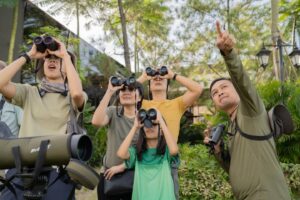
Even infrastructure is built to align with the ecosystem. Wastewater is treated and reused through a gray water system that keeps waterways clean and flowing. Air quality is actively monitored, ensuring a breathable environment, while walkable, low-emission districts reduce both congestion and energy consumption.
This integration of physical, digital, and ecological systems is creating an urban ecosystem where humans and wildlife can co-exist—a rarity in the region and a bold statement about the future of city living.
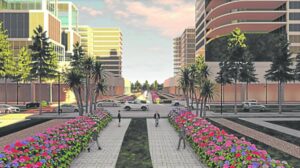
A living showcase
It’s easy to talk about sustainability in abstract terms, but Villar City takes a different path—one grounded in what’s tangible, measurable, and thriving.
This rising economic powerhouse is poised to become a living showcase that development doesn’t need to come at the cost of nature and biodiversity—in fact, it can serve as its guardian and steward.
No doubt, the future is greener, smarter and more progressive in Villar City.


